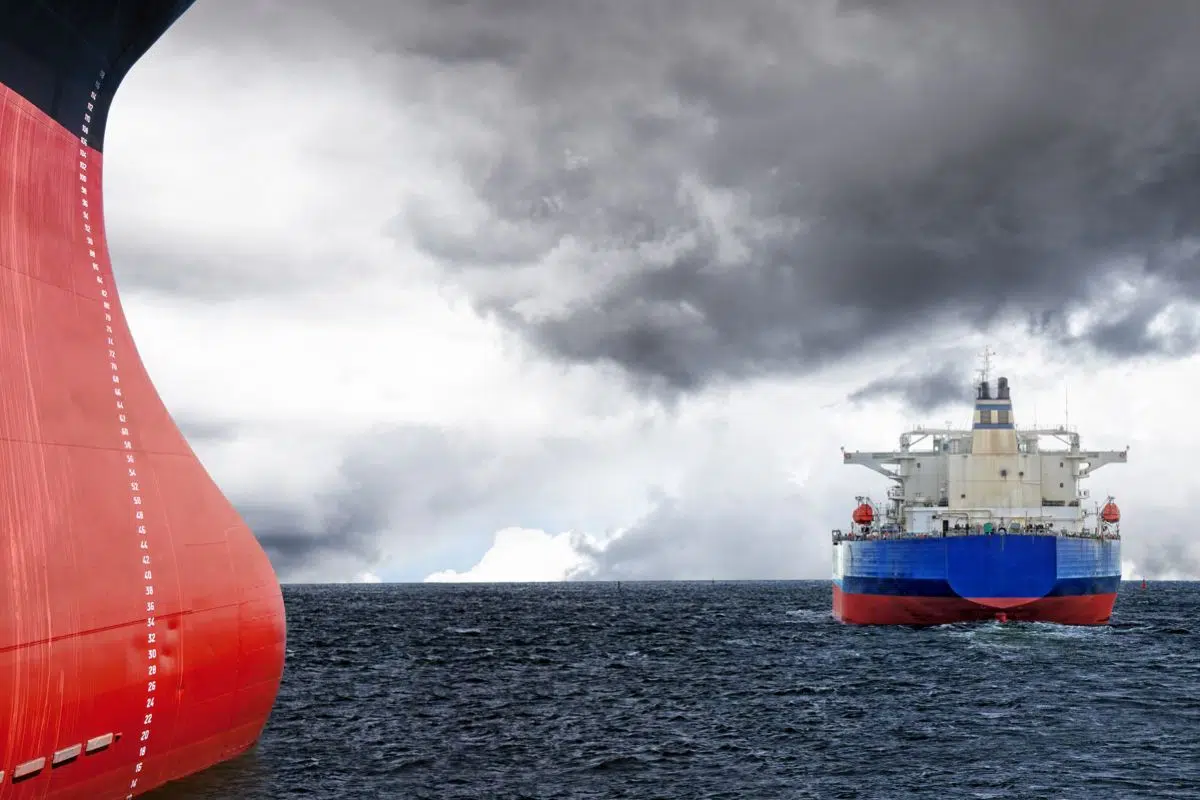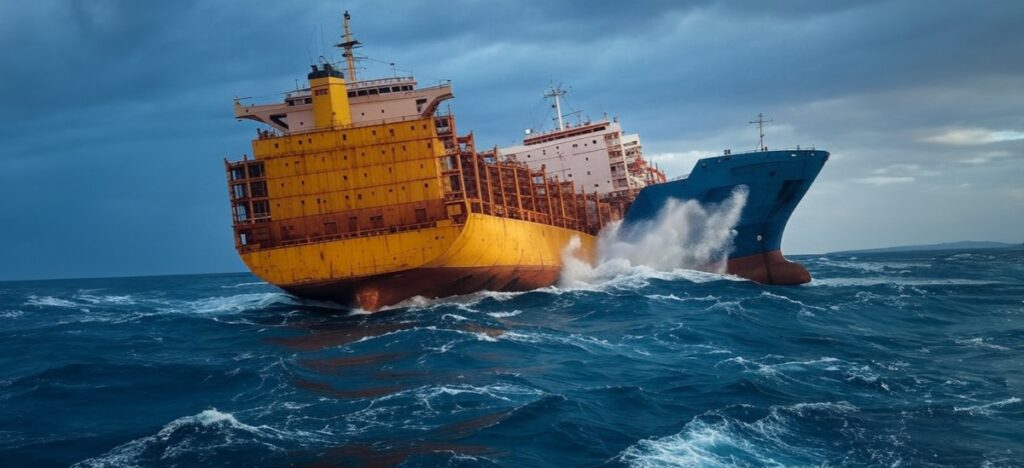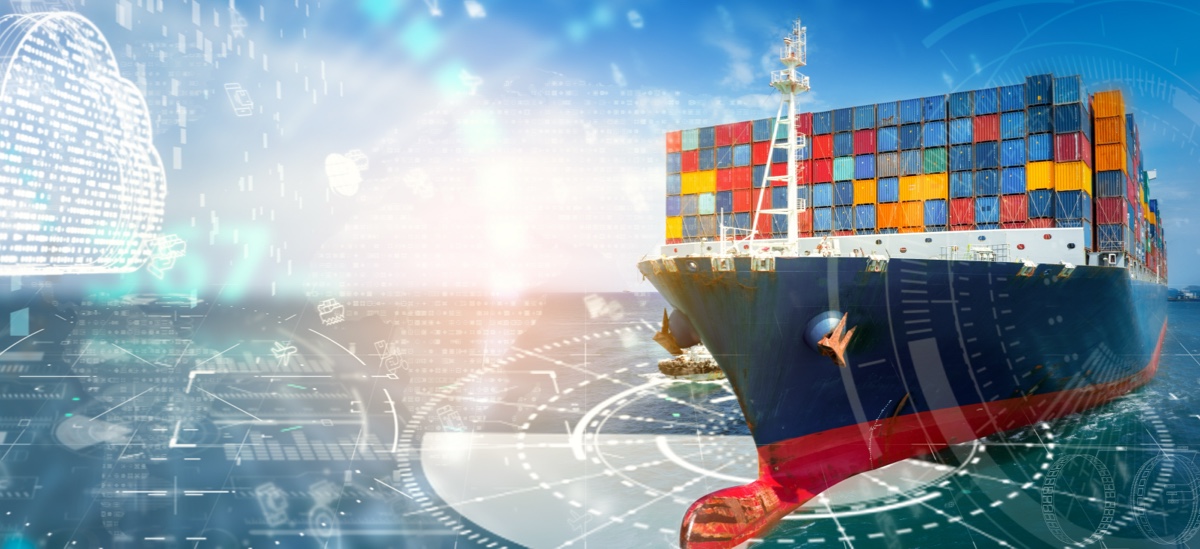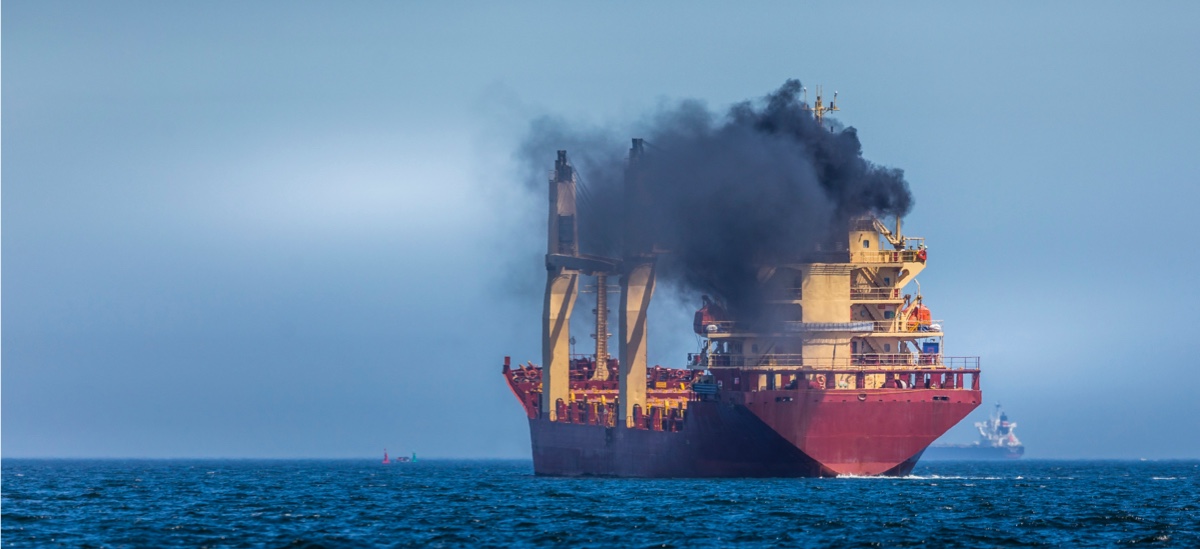Ship collisions continue to be a pressing issue in the maritime industry, posing serious threats to ships, the environment, and people’s safety. The rapid growth of global maritime trade and the increasing congestion in major waterways have heightened the likelihood of these incidents. To address these risks, Artificial Intelligence (AI) and computer vision-based Vessel Collision Avoidance Systems (VCAS) have become crucial tools for obstacle avoidance. These systems employ 24/7 computer-vision technology and sensor fusion to assess risks in real-time, contributing significantly to maritime safety. This blog post aims to delve into the significance of advanced ship collision avoidance systems and how they play a vital role in preventing accidents at sea.
The Looming Threat: Collisions at Sea and Their Implications
Ship collisions at sea remain a significant challenge in the maritime industry, with far-reaching consequences. According to the Annual Overview of Marine Casualties and Incidents in 2023 by the European Maritime Safety Agency, there are approximately 4,000 safety-related incidents annually. This figure, while indicative of a decline in incidents compared to previous years, underscores the persistent nature of the problem. These collisions between vessels result in an estimated financial loss of $20 billion to the maritime industry each year in damages, prolonged downtime for repairs, environmental degradation, supply chain disruptions, health and safety incidents for crews, and erosion of trust among corporate stakeholders heavily invested in seafarers.
Ship collisions stem from diverse factors, including human error, machinery failures, and adverse weather conditions. A substantial body of evidence underscores human error as a primary catalyst for maritime incidents. Safety investigations conducted between 2014 and 2022 revealed that 59.1% of accident events were attributed to human action, and 50.1% of contributing factors were linked to human behavior. When examining both human action events and human behavior contributing factors collectively, the human element accounted for a staggering 80.7% of investigated marine casualties and incidents during this period. Overconfidence, recklessness in responding to commercial pressures, fatigue, and lack of adequate experience and communication are found as the leading causes of proper obstacle avoidance.
These concerning statistics shed light on a critical deficiency within the maritime industry, especially considering the anticipated shortage of senior and experienced seafarer officers, which, according to a study conducted by the ICS and Bimco in 2015, is projected to face a shortfall of 96,000 seafarers by the year 2026. This shortage further exacerbates the challenges posed by the human element in maritime incidents and underscores the urgent need for comprehensive strategies to address and mitigate human-related risks in order to enhance overall safety at sea.
The Role of Ship Collision Avoidance Systems in Maritime Operations
Ship Collision Avoidance Systems in maritime operations rely on established navigational aids and protocols to prevent collisions at sea and form the baseline for maritime safety. Systems such as Radar, ECDIS, ARPA, VTS, and navigational lights and shapes have been in use for many years. They have demonstrated reliability over years of practical application in diverse maritime environments. Some of the most prominent features of these vessel collision avoidance systems include:
Range and bearing information: Provides real-time information about the range and bearing of surrounding objects (vessels, land masses, and obstacles in the vicinity), helping the navigator assess the vessel’s position in relation to its environment. For instance, radar systems can detect approaching vessels up to several nautical miles away, enabling timely decision-making and course adjustments.
Alarm and warning systems: Conventional collision avoidance systems often include alarms that warn the navigator of potential collisions at sea based on the closest point of approach (CPA) time to the closest point of approach (TCPA) and potential hazards. These alarms can trigger visual and auditory alerts, prompting immediate action from the crew to avoid maritime collisions.
Interconnected functionality: Many of these systems work in tandem, providing a layered approach to collision avoidance. The integration of radar, AIS, visual observations, and regulatory guidelines creates a comprehensive safety net and enhances situational awareness. For example, using AIS data alongside radar can improve target identification and tracking, significantly reducing the likelihood of maritime collisions.
Human-in-the-loop: Human judgment and decision-making play a crucial role in the operation and effectiveness of these systems. Crew members are actively involved in interpreting data, making decisions, and responding to potential collision threats. This interaction helps in refining the decision-making process, particularly in complex maritime environments where automated systems might misinterpret data.
Responsive maneuvering: Effective collision avoidance systems are designed to detect potential hazards well in advance, enabling ship operators to make informed adjustments to course and speed in real-time. This proactive approach allows for safe maneuvers rather than last-minute adjustments, minimizing the need for excessive accelerations that can lead to increased fuel consumption and emissions.
Adaptability to visibility conditions: These systems are designed to operate in varying visibility conditions. They have filters to minimize interference from rain and sea clutter, improving the accuracy of target detection and providing crucial communication cues when visual observations may be challenging.
Charting the Unseen: Limitations of Ship Collision Avoidance Systems
Vessel Collision Avoidance Systems (VCAS), tirelessly work to prevent catastrophic incidents at sea. However, despite their remarkable capabilities, these systems are not without their challenges and limitations. Understanding these limitations is crucial to ensuring maritime navigation’s continued safety and efficiency.
Data accuracy and interference: Conventional collision avoidance systems heavily rely on the accuracy and reliability of data inputs. Therefore, inaccurate data, whether due to sensor malfunction, environmental interference, interference from other electronic devices or human error, can lead to false alarms or missed warnings, potentially increasing the risk of collisions.
Detection resolution: VCAS might struggle to accurately determine the size, shape, or composition of detected objects. This can lead to difficulties in distinguishing between different types of objects, such as a small object close to a larger one.
Limited range: VCAS might struggle to detect objects beyond a certain distance, especially if there are obstructions in the signal path or there are adverse weather conditions such as dense fog, heavy rain, or strong winds.
Over-reliance on external factors: Traditional collision alert systems rely on navigation aids like AIS data, and if these are not available or are unreliable, it can hinder the ability of ship collision alert systems to detect and prevent potential vessel collisions accurately.
Limited elevation sensing: Traditional collision avoidance systems excel at detecting objects at a similar elevation but may struggle with those significantly higher or lower than the radar emitter. This limitation becomes particularly evident in the current threat landscape, marked by the proliferation of hostile airborne drones operating at varying altitudes, posing unprecedented challenges to existing collision avoidance mechanisms.
Leveraging Artificial Intelligence for Ship Collision Avoidance Systems
Nowadays businesses need to gradually adopt new technologies such as robotics, artificial intelligence, and machine learning to increase their performance, reduce costs, and therefore be competitive in the market environment. Digitalization trends and competitive pressure have changed the way businesses from all sectors are operated and managed and organizations across the world are paying more attention to the development and introduction of innovative technologies to adequately adapt their strategies.
In the last decade, the development of new information technologies and rapid computing allowed for the creation of suitable opportunities for marine navigation automation and the modernization of decision-support systems, fostering advancements in maritime safety and maritime collision avoidance systems. By utilizing AI and computer vision, modern navigational assistant systems are transforming navigation at sea. These systems, driven by advanced complex algorithms, analyze extensive real-time data, prioritize potential threats, including collisions between vessels, based on risk levels, and issue timely alerts to the vessel’s crew for preventive actions.
A key strength of AI-powered maritime autonomous navigational assistants lies in their precise pattern detection and identification of collision risks. These systems adeptly analyze various factors—vessel trajectories, speed, proximity to other vessels, and environmental conditions—to predict potential collisions at sea with high accuracy. This heightened situational awareness empowers crew members to make informed decisions and proactively avert potential dangers, significantly reducing the risk of incidents at sea. Essentially, the synergy between human intelligence, adept at interpreting navigational regulations, and machine intelligence, with its computational prowess, forms a complementary and effective approach, which will eventually, enable maritime autonomous navigation.
Leveraging AI and Computer Vision for Enhanced Maritime Situational Awareness
Orca AI’s digital wathckeeper, SeaPod brings a change to conventional navigation safety by using artificial intelligence and computer vision to automate and enhance the navigation process. The system detects, tracks, and classifies targets that may pose a risk to the vessel or violate the company’s SMS, and provides real-time information and alerts to the crew. By acting as a fully automated navigational assistant that mimics human watchkeeping 24/7, the SeaPod reduces the crew’s cognitive load, especially in complex marine traffic situations, allowing them to focus on critical decisions.
A Maritime Renaissance?
As maritime traffic experiences a substantial increase and technological advancements unfold across diverse sectors, the imperative for the maritime industry to embrace digitalization and integrate cutting-edge technologies has become increasingly evident. The maritime sector finds itself at the cusp of a transformative era, wherein technological innovations will redefine operational efficiency, safety protocols, and environmental stewardship. AI-powered collision alert systems, like the SeaPod, are instrumental in minimizing collisions at sea by providing real-time detection, tracking, and classification of potential risks. Embracing such technological advancements can mark the beginning of a new phase in maritime operations characterized by safety, efficiency, and sustainability.










